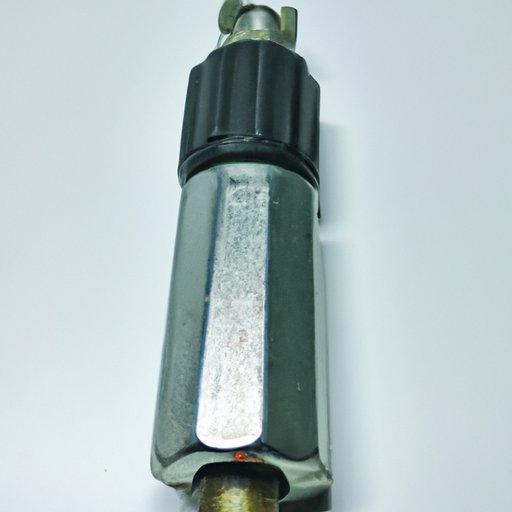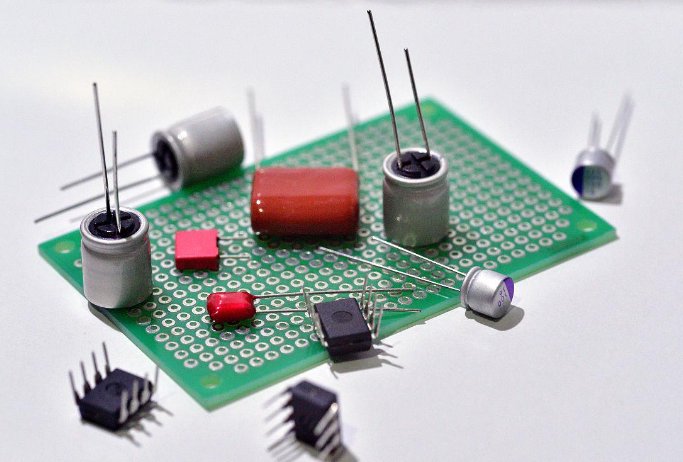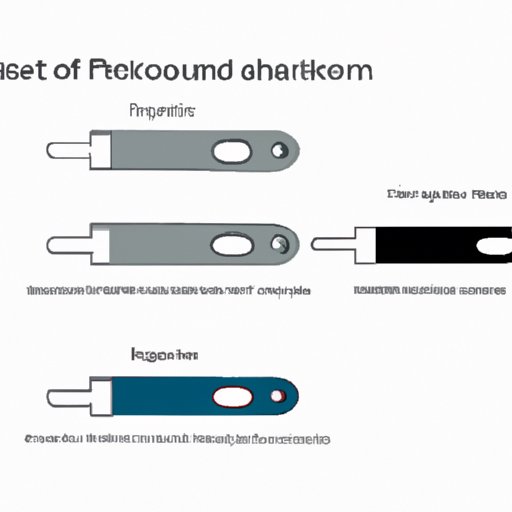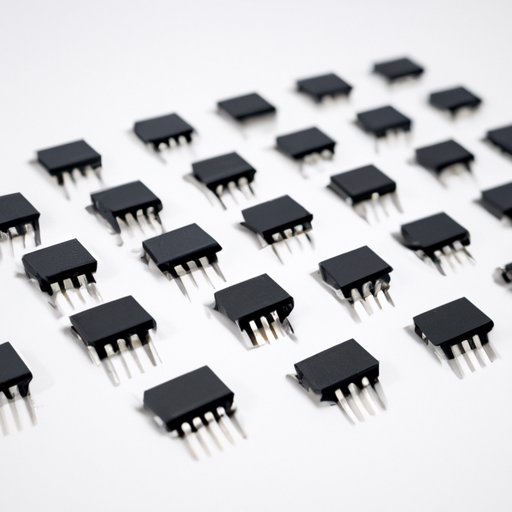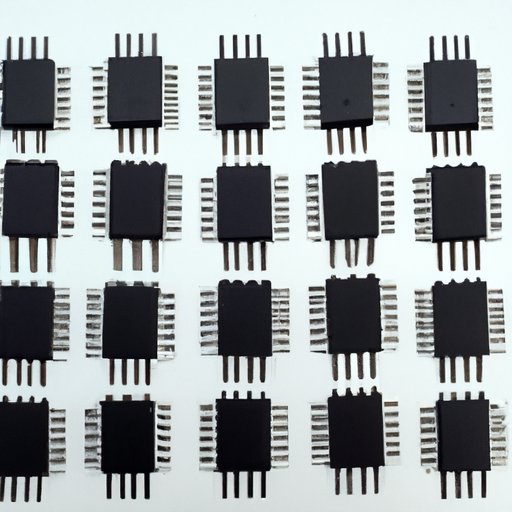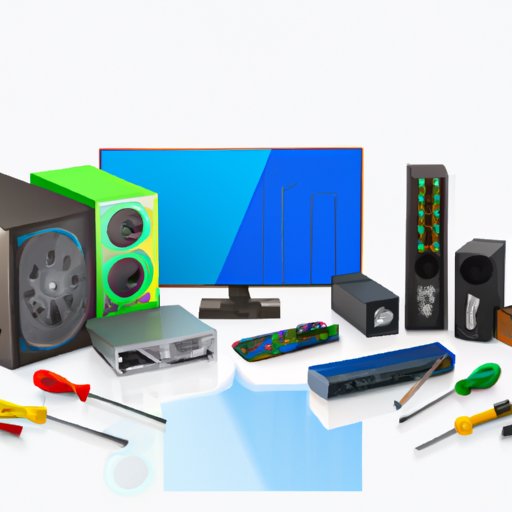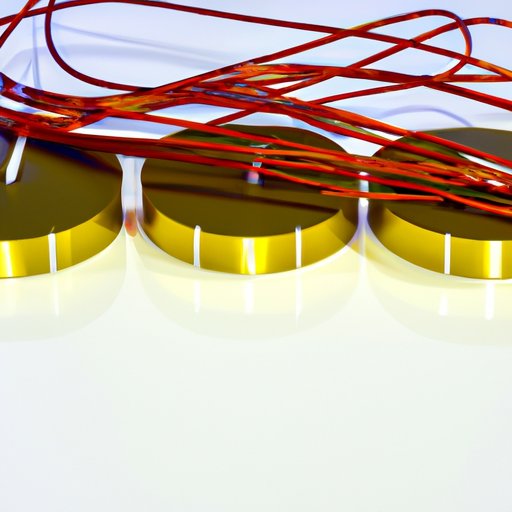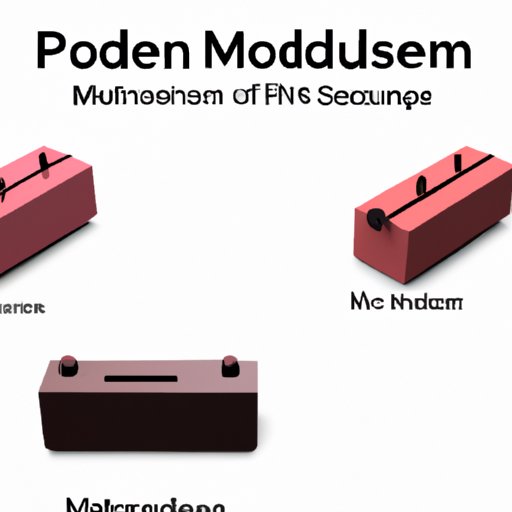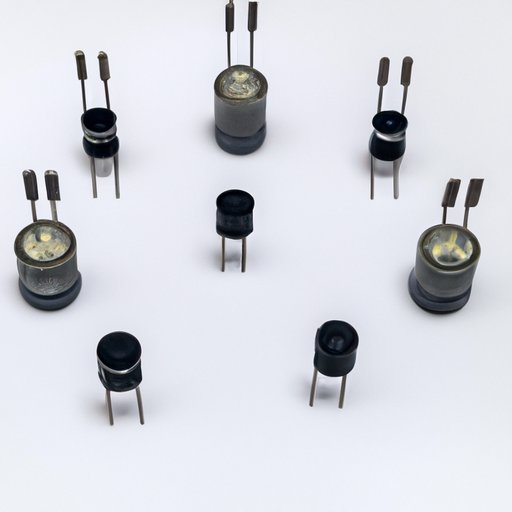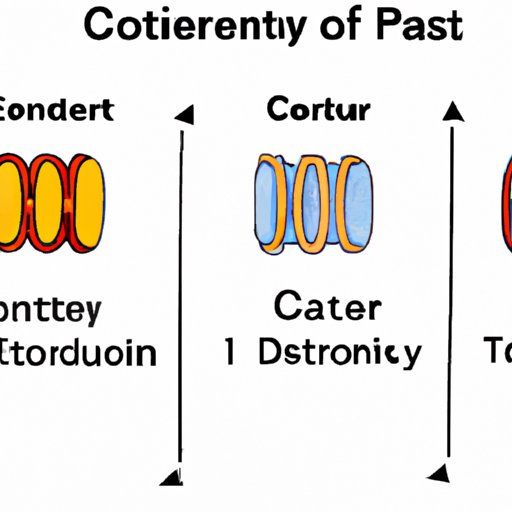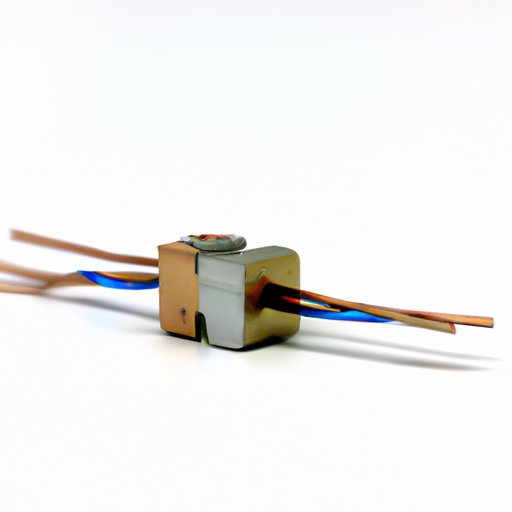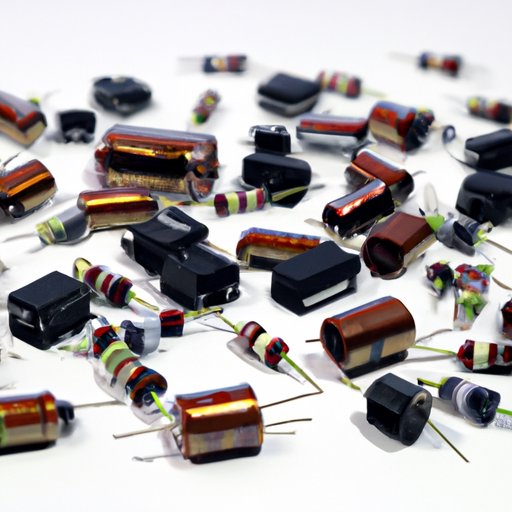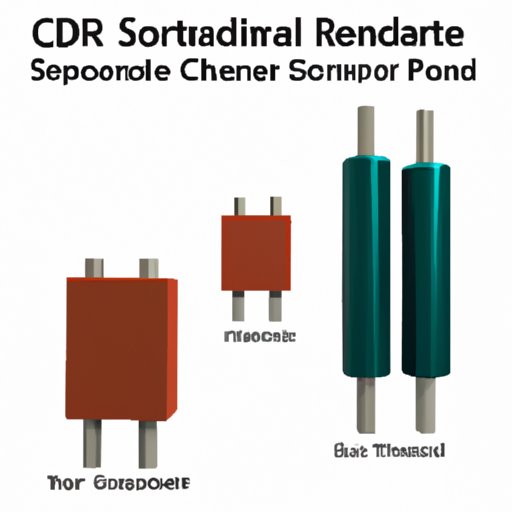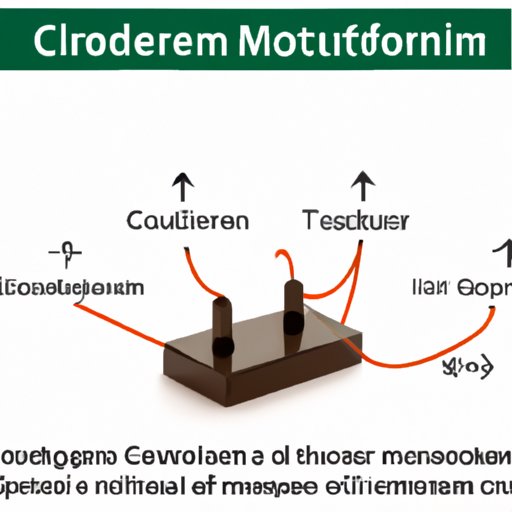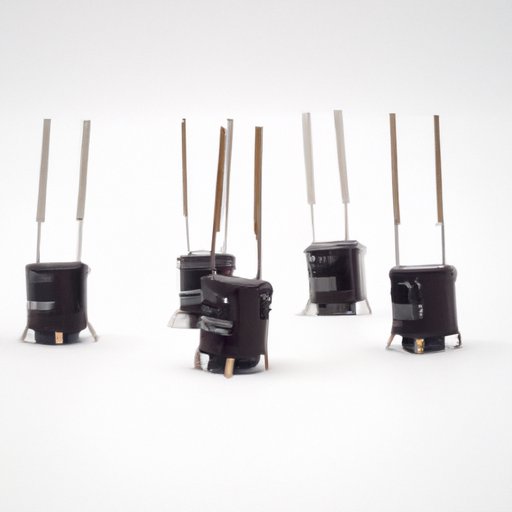What are the product standards for Multi?
Title: Product Standards for Multi: Ensuring Quality and SafetyIntroduction (100 words)
In today's global marketplace, consumers have become increasingly conscious about the quality and safety of the products they purchase. As a result, product standards have become crucial in ensuring that manufacturers meet certain requirements and deliver products that are reliable, safe, and of high quality. This article will delve into the product standards for Multi, a fictional company, and explore the various aspects that contribute to the establishment of these standards.1. Definition and Importance of Product Standards (200 words)
Product standards refer to a set of guidelines and specifications that products must meet to ensure their quality, safety, and performance. These standards are established by regulatory bodies, industry associations, and consumer organizations to protect consumers and promote fair competition in the market. The importance of product standards cannot be overstated, as they provide a benchmark for manufacturers to adhere to, ensuring that their products meet the expectations of consumers.2. Multi's Commitment to Product Standards (200 words)
Multi, as a responsible and customer-centric company, places great emphasis on product standards. The company understands that meeting these standards is not only a legal requirement but also a way to build trust and loyalty among its customers. Multi's commitment to product standards is reflected in its comprehensive quality management system, which encompasses various stages of the product lifecycle, from design and development to manufacturing and distribution.3. Quality Standards for Multi's Products (300 words)
To ensure the quality of its products, Multi adheres to several quality standards. These include ISO 9001, a globally recognized standard for quality management systems, which ensures that Multi's products consistently meet customer requirements and regulatory obligations. Additionally, Multi follows industry-specific quality standards, such as ISO/TS 16949 for automotive products and ISO 13485 for medical devices, where applicable.4. Safety Standards for Multi's Products (300 words)
Safety is of paramount importance when it comes to product standards. Multi complies with various safety standards to ensure that its products do not pose any risks to consumers. For instance, Multi's electrical products adhere to the International Electrotechnical Commission (IEC) standards, which cover aspects such as electrical safety, electromagnetic compatibility, and energy efficiency. Furthermore, Multi's toys and children's products comply with the safety requirements outlined by organizations like ASTM International and the European Committee for Standardization (CEN).5. Environmental Standards for Multi's Products (200 words)
In today's environmentally conscious world, it is essential for companies to consider the environmental impact of their products. Multi recognizes this and strives to meet environmental standards in its product development and manufacturing processes. The company adheres to ISO 14001, an international standard for environmental management systems, which helps Multi minimize its environmental footprint and comply with relevant environmental regulations.6. Compliance with Legal and Regulatory Standards (200 words)
Multi ensures that its products comply with all applicable legal and regulatory standards. This includes meeting the requirements set by government agencies, such as the Food and Drug Administration (FDA) for pharmaceutical products or the Consumer Product Safety Commission (CPSC) for general consumer goods. By complying with these standards, Multi ensures that its products are safe, reliable, and legally marketable.Conclusion (100 words)
Product standards play a vital role in ensuring the quality, safety, and reliability of products in the market. Multi, as a responsible company, understands the significance of adhering to these standards and has implemented a robust quality management system to meet the expectations of its customers. By complying with quality, safety, and environmental standards, Multi not only ensures customer satisfaction but also contributes to a safer and more sustainable marketplace.Title: Product Standards for Multi: Ensuring Quality and SafetyIntroduction (100 words)
In today's global marketplace, consumers have become increasingly conscious about the quality and safety of the products they purchase. As a result, product standards have become crucial in ensuring that manufacturers meet certain requirements and deliver products that are reliable, safe, and of high quality. This article will delve into the product standards for Multi, a fictional company, and explore the various aspects that contribute to the establishment of these standards.1. Definition and Importance of Product Standards (200 words)
Product standards refer to a set of guidelines and specifications that products must meet to ensure their quality, safety, and performance. These standards are established by regulatory bodies, industry associations, and consumer organizations to protect consumers and promote fair competition in the market. The importance of product standards cannot be overstated, as they provide a benchmark for manufacturers to adhere to, ensuring that their products meet the expectations of consumers.2. Multi's Commitment to Product Standards (200 words)
Multi, as a responsible and customer-centric company, places great emphasis on product standards. The company understands that meeting these standards is not only a legal requirement but also a way to build trust and loyalty among its customers. Multi's commitment to product standards is reflected in its comprehensive quality management system, which encompasses various stages of the product lifecycle, from design and development to manufacturing and distribution.3. Quality Standards for Multi's Products (300 words)
To ensure the quality of its products, Multi adheres to several quality standards. These include ISO 9001, a globally recognized standard for quality management systems, which ensures that Multi's products consistently meet customer requirements and regulatory obligations. Additionally, Multi follows industry-specific quality standards, such as ISO/TS 16949 for automotive products and ISO 13485 for medical devices, where applicable.4. Safety Standards for Multi's Products (300 words)
Safety is of paramount importance when it comes to product standards. Multi complies with various safety standards to ensure that its products do not pose any risks to consumers. For instance, Multi's electrical products adhere to the International Electrotechnical Commission (IEC) standards, which cover aspects such as electrical safety, electromagnetic compatibility, and energy efficiency. Furthermore, Multi's toys and children's products comply with the safety requirements outlined by organizations like ASTM International and the European Committee for Standardization (CEN).5. Environmental Standards for Multi's Products (200 words)
In today's environmentally conscious world, it is essential for companies to consider the environmental impact of their products. Multi recognizes this and strives to meet environmental standards in its product development and manufacturing processes. The company adheres to ISO 14001, an international standard for environmental management systems, which helps Multi minimize its environmental footprint and comply with relevant environmental regulations.6. Compliance with Legal and Regulatory Standards (200 words)
Multi ensures that its products comply with all applicable legal and regulatory standards. This includes meeting the requirements set by government agencies, such as the Food and Drug Administration (FDA) for pharmaceutical products or the Consumer Product Safety Commission (CPSC) for general consumer goods. By complying with these standards, Multi ensures that its products are safe, reliable, and legally marketable.Conclusion (100 words)
Product standards play a vital role in ensuring the quality, safety, and reliability of products in the market. Multi, as a responsible company, understands the significance of adhering to these standards and has implemented a robust quality management system to meet the expectations of its customers. By complying with quality, safety, and environmental standards, Multi not only ensures customer satisfaction but also contributes to a safer and more sustainable marketplace.
